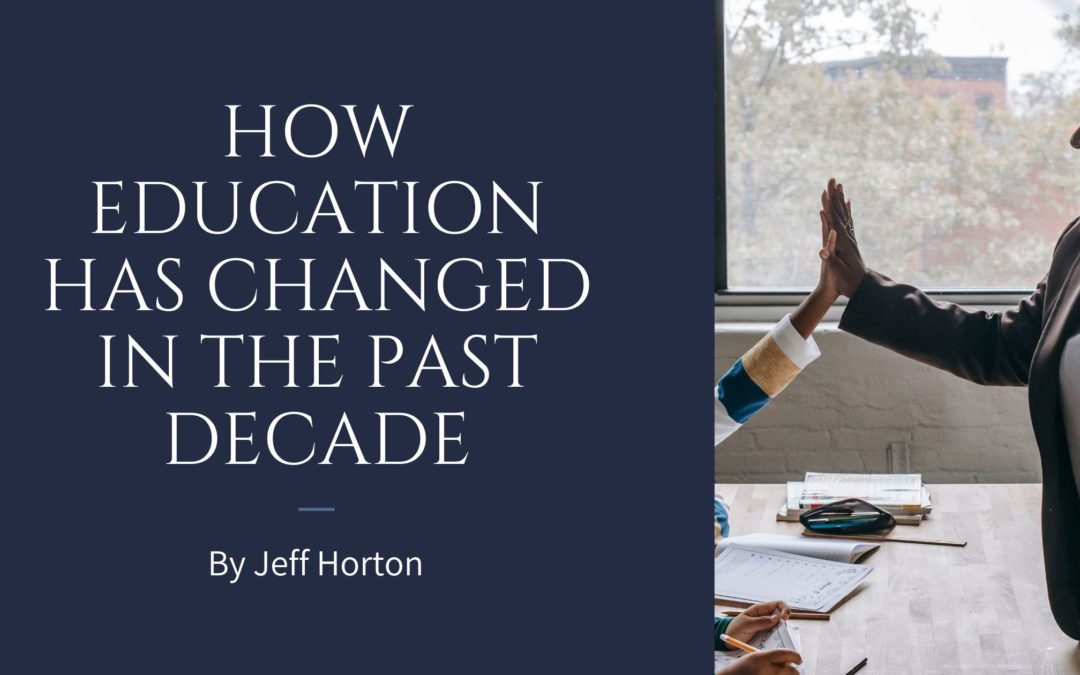In years past, education was about class size, and today, it’s about creating a culture that encourages students to pursue higher education.
Crowding
As the number of students attending public schools has increased, so have the class sizes. Due to the lack of building new schools at the same rate as the number of students enrolling, some teachers feel that their primary function is to control the crowd.
Less Homeschooling
During the past decade, homeschooling has been a popular form of education, allowing parents to control their kids’ learning. It has started to fall out of fashion. According to the NCES, the number of homeschooled students has decreased.
Charter Schools on the Rise
The presidential election in 2020 has brought about a lot of attention to the issue of funding for charter schools. According to the NCES, the number of students attending public charter schools has increased significantly over the past two decades. In 2000, about 0.4 million students enrolled in these schools; in 2016, there were 3 million students.
Demographics
In 2010, the majority of students in public schools were white, with only a small number of Hispanic and two or more race students making up the rest. In 2019, the NCES reported white students had decreased to 46.6%, while Hispanic students had increased to 27.4%.
Studies show that having more diverse classrooms can help improve students’ academic performance.
Lower Salaries for Teachers
The average starting salary for public school teachers has decreased by 4.5% over the past decade. According to a study, 63% of school districts in the country have teachers making salaries below $40,000. Across the country, teachers are paid around 21.4% less than their counterparts in other professions.
College-Bound Culture
In 2009, Congress enacted the Recovery and Reinvestment Act, which aimed to improve the quality of education for public schools. One of the main goals of this act was to encourage more students to go to college. Despite the overall decline in college enrollment, school culture has changed significantly.
No Time for Play
A study conducted in 2019 revealed that schools in the US lack play, attributed to the increasing pressure that teachers and schools are under to improve their student’s academic performance. The study also found that students need to develop the necessary social skills.

